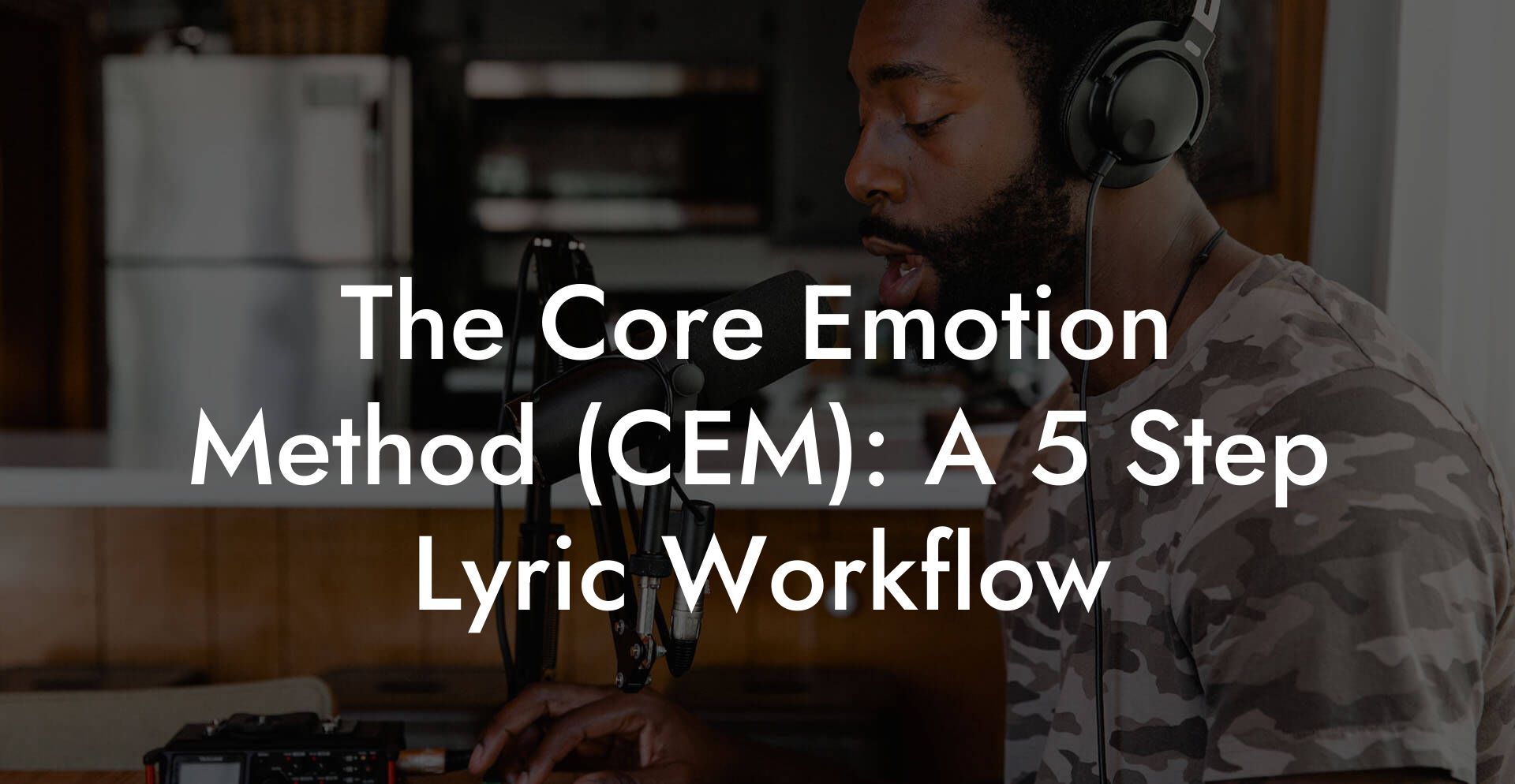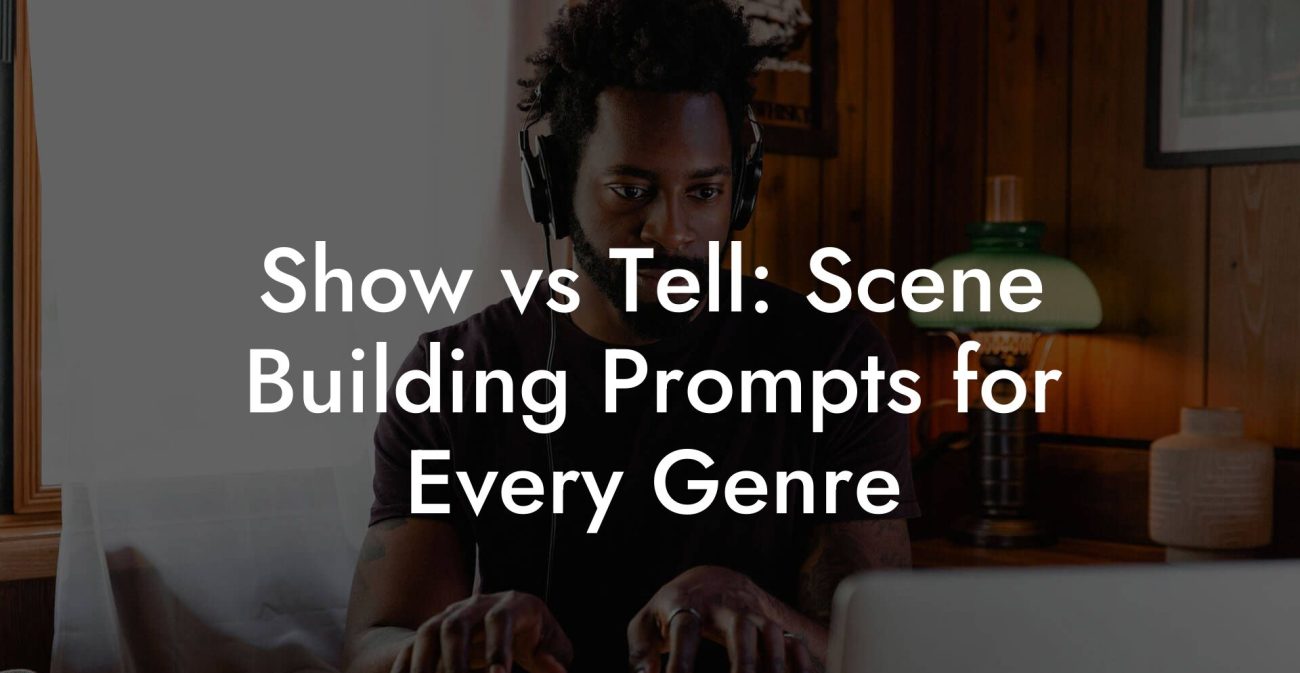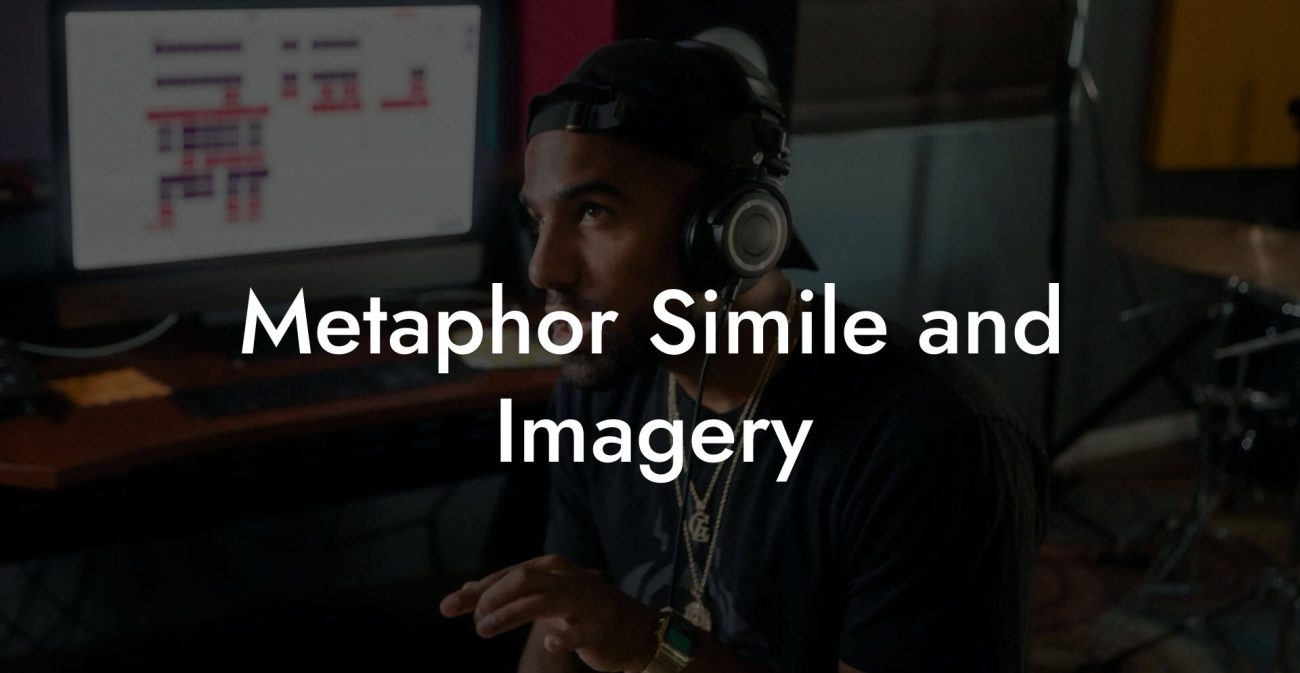Songwriting Advice
The Core Emotion Method (CEM): A 5 Step Lyric Workflow

Welcome to the CEM. That stands for Core Emotion Method. Say it like it is. This is not a philosophy class. This is a practical, slightly messy, totally usable five step workflow that turns a fuzzy feeling into an unforgettable chorus that people sing in Ubers and before awkward family dinners.
Quick Interruption: Ever wondered how huge artists end up fighting for their own songs? The answer is in the fine print. Learn the lines that protect you. Own your masters. Keep royalties. Keep playing shows without moving back in with Mom. Find out more →
Quick Links to Useful Sections
- Why the Core Emotion Method Works
- Overview of the Five Steps
- Step One: Find the Core Emotion
- How to pick the core emotion
- Why one sentence
- Step Two: Anchor with a Concrete Image
- Examples of concrete images
- Exercise: The Object Drill
- Step Three: Create the Emotional Arc
- Common arcs and what they mean
- Mini workflow for the arc
- Step Four: Craft the Core Phrase
- Rules for a core phrase
- Title tactics
- Step Five: Polish with Prosody and Specificity
- Prosody check
- Specificity audit
- Putting It Together: A Full Example
- Step One
- Step Two
- Step Three
- Step Four
- Step Five
- Micro Drills to Speed Up Writing
- Five Minute Core
- Ten Minute Anchor
- Vowel Pass
- Line Level Surgery: The Crime Scene Edit
- Common CEM Mistakes and How to Fix Them
- Picking too many core emotions
- Choosing a vague image
- Forgetting prosody
- Making the core phrase too long
- Using CEM in Different Genres
- Collaborating With Others Using CEM
- Testing Your Song on Listeners
- Action Plan: Write a Chorus in One Hour With CEM
- Real Life Case Studies
- Case Study A: Bedroom Ballad to Viral Hook
- Case Study B: Country Story with a Modern Twist
- Common Questions About the CEM
- Do I need chords or a beat before using the CEM
- How long should the core phrase be
- Can CEM be used for rap where lyrics are denser
- Lyric Templates You Can Steal
- Template A Emotional confession chorus
- Template B Defiant chorus
- Template C Quiet surrender chorus
- FAQ
You are probably here because you write lyrics that sort of work but do not punch like you know they could. Maybe you can write a killer hook two times out of ten. Maybe you get stuck on verse two. Maybe you can explain your feelings but not make anyone else feel them. The Core Emotion Method is the bridge between what you feel and what a listener remembers on first listen. It gives you a roadmap with exercises, line level surgery, and real world examples that make sense to millennials and Gen Z. This guide is hilarious when it can be. It is ruthless when it needs to be. It will make your lyrics sharper and make your practice faster.
Why the Core Emotion Method Works
It works because humans respond to a single clear feeling. Too many writers assault the listener with a playlist of moods. The brain cannot hold that many. The CEM teaches you to pick one core emotion, wrap the song around it, and then give small details that make the emotion credible. This creates songs that are easy to repeat, easy to feel, and hard to forget.
Quick note on language you will see here. Prosody means how words fit the rhythm and stress of music. Topline is the sung melody and lyric combined. When I use these words I will explain them immediately so you do not need a music theory baby book in the other hand.
Overview of the Five Steps
Here is the short version. Read it fast. Pretend you are in a hurry to write a chorus.
- Find the Core Emotion. Name it in one sentence.
- Anchor with a Concrete Image. Pick one object or moment that symbolizes that emotion.
- Create the Emotional Arc. Decide how the feeling moves through the song.
- Craft the Core Phrase. Build a short repeatable line that claims the emotion.
- Polish with Prosody and Specificity. Make the line singable and vivid.
We will unpack each step with examples, exercises, diagnostics, and a finishing checklist. You will also get a set of micro drills to write faster than your phone battery dies.
Step One: Find the Core Emotion
Every great lyric begins with an emotional promise. The core emotion is not a paragraph. It is one sentence that your drunk friend could shout at 2 a.m. and it would still make sense. This sentence is your backstage pass. It tells the listener why they should care.
How to pick the core emotion
Use this 60 second test. Close your eyes for ten seconds. Say aloud the feeling you want to write about. Not the back story. The feeling. Use a single word if you must. If the single word feels lazy, extend to one plain sentence. Examples: I am furious and pretending not to be. I am leaving before you notice. I am in love and terrified. Each of these is clear and actionable.
Real life scenario
You run into your ex at a subway stop. You are two minutes late to a gig. You feel a cliff of panic and relief all at once. The core emotion could be I am pretending I am fine but I am not. That becomes the anchor for the song. Every line in the verse should orbit that sentence like a bad Tinder profile.
Why one sentence
Humans remember a single idea better than a list. TV plots compress into log lines. Hit songs compress into titles. The core emotion sentence becomes your title in many cases. You will feel tempted to add nuance. Save nuance for verses. The chorus needs to slam the promise down so the listener can sing it back.
Step Two: Anchor with a Concrete Image
Abstract emotions are shy. You have to give them an outfit. That outfit is a concrete image. A concrete image is a specific object, habit, or snapshot in time that people can picture. The image translates feeling into sensory detail. That is how memory sticks.
Examples of concrete images
- A lipstick stain on a coffee mug
- A scratched ticket stub in a coat pocket
- Leaving the porch light on until the street falls asleep
Which one of these is easier to sing about at 3 a.m.? The lipstick stain. Because it is small and savage. It holds a story and it smells faintly like someone else.
Exercise: The Object Drill
Walk to your kitchen. Pull one object. Give yourself five minutes to write four lines where that object performs an action related to your core emotion. Fast and messy wins. If your emotion is abandonment and your object is a spoon, maybe the spoon stares at the empty cereal bowl and counts the weeks you were gone. That line gives the listener an image and the feeling at the same time.
Step Three: Create the Emotional Arc
A song is not a static mood board. It is drama with a beginning, middle, and an implied future. The emotional arc is how your core emotion moves. Does it start angry and end resigned? Does it start resigned and end victorious? Decide the arc before you commit to lines. This gives your lyrics direction.
Common arcs and what they mean
- Anger to acceptance. The song starts hot and ends cooler. Useful for break up songs where the speaker finds self respect.
- Confusion to clarity. This is a discovery arc. Great for songs about identity or late night revelations.
- Longing to surrender. The speaker gives up or gives in. Works for songs that want to feel inevitable.
- Isolation to connection. The song finds a place of belonging. Useful for triumphant or healing themes.
Real life scenario
You are writing about missing the person who ghosted you. Your arc might go from bitter curiosity in verse one to a bitter acceptance in the chorus with a small moment of dark humor in the bridge. That structure prevents the chorus from repeating the same bitterness forever. It gives you permission to change one verb in the final chorus and make the listener feel progress.
Mini workflow for the arc
- Write the one sentence core emotion at the top of the page.
- Below it, write three short emotion states. Label them start, turn, finish. Each should be one clause.
- Use the turn as the chorus catalyst. The chorus should be the scene where the turn is declared or felt.
Step Four: Craft the Core Phrase
This is the moment where most writers stall and also where the magic happens. The core phrase is the micro lyric you will repeat. It can be the title. It should be singable. It should be short. It should feel like an answer to the core emotion sentence. Think of it as the thesis sentence of the chorus.
Rules for a core phrase
- Short is easier to remember. Aim for one to five words unless you are a lyrical genius who can sell eight.
- Use strong vowels. Vowels like ah and oh travel well when people sing in a bar bathroom.
- Make it repeatable. Repetition breeds earworms.
- Position the emotional verb near the front to make the meaning clear.
Example conversions
Core emotion sentence I am pretending I am fine but I am not.
Core phrase I am fine. I am fine. I am not.
Core emotion sentence I keep waiting for you to change so I can stop waiting.
Core phrase Stop waiting for you.
Title tactics
If your core phrase also becomes your title, great. If not, let the title be a compact paraphrase. The title acts like a headline for the song. Keep it punchy. If it feels like something you could meme, you are on the right track. Memes are memory machines.
Step Five: Polish with Prosody and Specificity
Prosody is the alignment of natural speech stress and musical stress. A line that looks brilliant on paper but trips over the beat will feel wrong to a listener even if they cannot say why. Specificity is the opposite of abstraction. It gives your lyric a fingerprint. Both prosody and specificity are small edits that yield large emotional returns.
Prosody check
Read every line out loud at a conversation pace. Mark the natural stressed syllables. Now sing or clap the beat you intend to put in the song. The stressed syllables should match strong beats. If they do not, rewrite the line or change the melody. Prosody problems are why a one take demo can feel fake while the fifth take rings true.
Real life example
Line on paper I will not call you anymore. The natural stress reads I WILL not CALL you anyMORE. If your chorus melody puts stress on the second syllable of anymore the line will fight the music. Changing it to I will not call you again puts stress where the melody can breathe. Small fix. Big difference.
Specificity audit
Run the specificity audit like a crime scene investigator. Circle every abstract word like love, pain, or heart. Replace at least half of them with objects, actions, or sensory detail. If you cannot replace the abstract word, then make it feel specific by adding a small concrete line near it.
Before I was lonely. After Your shirts still smell like rain. I eat dinner from the takeout carton you left.
Putting It Together: A Full Example
We will write a chorus using CEM live and fast. Follow the steps with me. No shame. No perfection. Just work.
Step One
Core emotion sentence I am playing brave while my hands shake.
Step Two
Concrete image Your chipped coffee mug with the lipstick mark that does not match mine.
Step Three
Emotional arc Start nervous and perform brave then quietly accept the truth at the end.
Step Four
Core phrase I play brave. I play brave. My hands shake.
Step Five
Polish prosody and specificity. Shorten and sharpen. Make it sing. The chorus becomes
I play brave. I say I am fine. My hands shake when the lights go on.
The chorus is short, repeatable, and carries the concrete image. The phrase plays well on a melody and the line My hands shake when the lights go on gives a time and a sensory detail.
Micro Drills to Speed Up Writing
The CEM works best when you can move fast. Here are drills that force you to create rather than overthink.
Five Minute Core
Set a timer for five minutes. Write one core emotion sentence. Pick one object. Write two chorus lines that contain both. Do not edit. This is a sketch. Iteration comes later.
Ten Minute Anchor
Set a timer for ten minutes. Write a verse that contains three images related to the object. Write a pre chorus that leans toward the core phrase without stating it. Use only present tense for urgency.
Vowel Pass
Sing on vowels for two minutes over a loop. Mark the gestures you want to repeat. Add the core phrase to the strongest gesture and sing it again and again until you find a comfortable vowel. That vowel will tell you which words to use.
Line Level Surgery: The Crime Scene Edit
Once you have a draft, run the crime scene edit like this. It is brutal and therapeutic.
- Underline every abstract word and replace at least half with an image.
- Cross out any line that repeats the same fact without new angle.
- Check prosody by speaking lines at normal speed and aligning stress with the beat.
- Drop one extra syllable from any line you can still understand after the removal.
- Ask yourself what the listener should feel after each line. If the answer is boredom, rewrite the line.
Example cut
Before I miss you at night like a bad song. After Microwave blinks twelve again. Your playlist plays that old curse.
Common CEM Mistakes and How to Fix Them
Picking too many core emotions
Problem You try to make the song both angry and playfully nostalgic. Result confused chorus. Fix Pick one dominant emotion. Use the second as texture in a verse or a bridge.
Choosing a vague image
Problem You choose an image like the city or the night. It feels cinematic but generic. Fix Pick a small object with a detail nobody else would name. A cracked phone screen is better than night. It leaves fingerprints.
Forgetting prosody
Problem Lines read well but feel off when sung. Fix Do the prosody check. Move the stressed words to strong beats. Swap words to fit melody rather than contorting melody to fit bad writing.
Making the core phrase too long
Problem The chorus becomes a paragraph. No one can hold it. Fix Reduce the core phrase to the memory size of a chorus hook. If you need more words, make the last line the reveal line rather than the hook.
Using CEM in Different Genres
The CEM is flexible. It works for indie folk, pop, R B, country, trap, and bedroom ballads. The only thing that changes is the texture and the delivery. The core emotion remains the same. Adjust your concrete image to your genre.
- Indie folk Use everyday domestic objects and weather to create quiet images.
- Pop Use bold, repeatable core phrases and open vowels. Think stadium sneak.
- Country Use place names, drinks, and routines to create specificity.
- R B Use intimate gestures and physical sensations. Focus on breath and touch.
- Trap Use small cinematic details and blunt statements. Keep the core phrase as a chant.
Collaborating With Others Using CEM
If you co write, bring the core emotion sentence to the room like a pact. Do two things. First, ask everyone to say the sentence in their own words out loud. Second, pick one object together. Commit to the object for the first draft. This prevents the classic co write fight where two writers pull the song in different emotional directions. If someone tries to derail with a shiny idea, bring the group back to the sentence and the object.
Testing Your Song on Listeners
Play your chorus to three people who do not need to be musicians. Ask this one question What line stuck with you. If their answer contains your core phrase or your image you are winning. If they mention a detail you did not want them to notice rewrite the line. This is user feedback for songs. It saves you weeks of second guessing.
Action Plan: Write a Chorus in One Hour With CEM
- Minutes 1 to 5 Write your one sentence core emotion.
- Minutes 6 to 15 Pick an object and write the object drill lines.
- Minutes 16 to 30 Draft the emotional arc and place the chorus as the turn.
- Minutes 31 to 45 Craft the core phrase and test it on vowels.
- Minutes 46 to 60 Run the prosody and specificity edit. Record a rough vocal demo and play to one friend.
Real Life Case Studies
Case Study A: Bedroom Ballad to Viral Hook
An artist wrote about being over someone but still checking their socials. Core emotion I cannot stop checking but I am done. Object Their phone face down on the dresser with a notification light that will not stop. Core phrase I am done but I check. The artist turned that into a short chant and layered it under a whisper in the chorus. The contrast made the hook viral because it felt like an honest small theft of dignity. The chorus was easy to sing and easy to meme.
Case Study B: Country Story with a Modern Twist
A songwriter wanted to write about leaving the town everyone expected them to stay in. Core emotion I am leaving before you notice. Object A packed lunch left in the fridge. Core phrase I left before sunrise. The chorus added a small twist in the bridge when the narrator admits they left the porch light on for no one. That tiny human detail made listeners cry at open mic nights and the song became a crowd favorite because people saw themselves in the small forgetfulness.
Common Questions About the CEM
Do I need chords or a beat before using the CEM
No. The CEM begins with words and feeling. You can do the entire method with a voice memo or a cup of coffee. Having music helps you check prosody earlier. If you have a beat, sing on vowels and place the core phrase on the strongest gesture.
How long should the core phrase be
One to five words is a safe zone. If you write more than five words you risk losing singability. Longer lines can work as the final reveal. Keep the hook compact so it repeats easily.
Can CEM be used for rap where lyrics are denser
Yes. In rap the core emotion can be a repeated ad lib or a motif rather than a sung chorus. The object becomes a recurring image that anchors the verse narrative. Use the same prosody checks. Words still need to land on beats. In rap, rhythm rules prosody even more strictly.
Lyric Templates You Can Steal
Use these templates to jumpstart a draft. Replace the bracketed items with your concrete images and details.
Template A Emotional confession chorus
[Core phrase]. [Short rest]. [Image line that shows not tells].
Example I am fine. Pause. The microwave blinks twelve and I still stir your coffee grounds.
Template B Defiant chorus
[Core phrase]. [Repeat core phrase]. [Consequence line].
Example I will not call. I will not call. I toss your number like last season sweaters.
Template C Quiet surrender chorus
[Core phrase]. [Small image]. [Closing twist].
Example I let you go. Your coat on the chair smells like summer. I put it back because I cannot let go of nothing.
FAQ
What is the Core Emotion Method
The Core Emotion Method or CEM is a five step lyric workflow that moves from one sentence describing the single feeling of the song to a polished, singable hook. The steps are find the core emotion, anchor with a concrete image, create the emotional arc, craft the core phrase, and polish with prosody and specificity. The method helps writers create memorable, emotionally clear songs faster.
How long does it take to write a chorus using CEM
If you use the hour long action plan you can draft a chorus in sixty minutes. Polishing may take more time. The purpose of CEM is speed plus quality. You will draft faster the more you practice the drills.
Will this method make my lyrics sound generic
No. CEM forces you away from generic abstractions and toward specific objects and moments. The single trick that prevents generic writing is replacing abstract words with sensory detail. That creates authenticity. Your job is to bring your unique voice into the concrete image and the arc.
Is CEM only for singers
No. The method works for any songwriter including rappers, producers who write toplines, and writers who prefer spoken word. The core idea is emotional clarity. That matters across genres.





